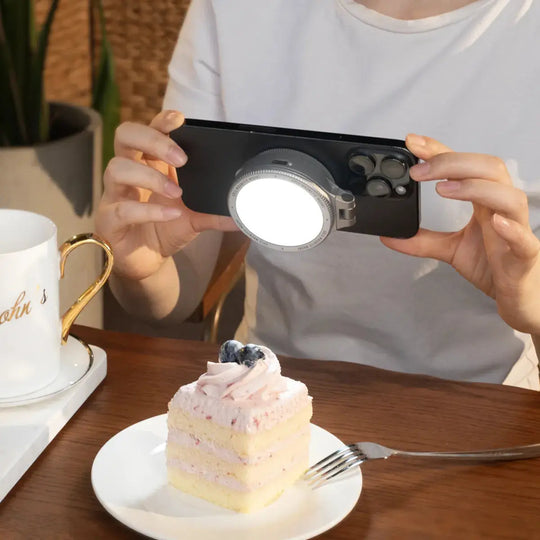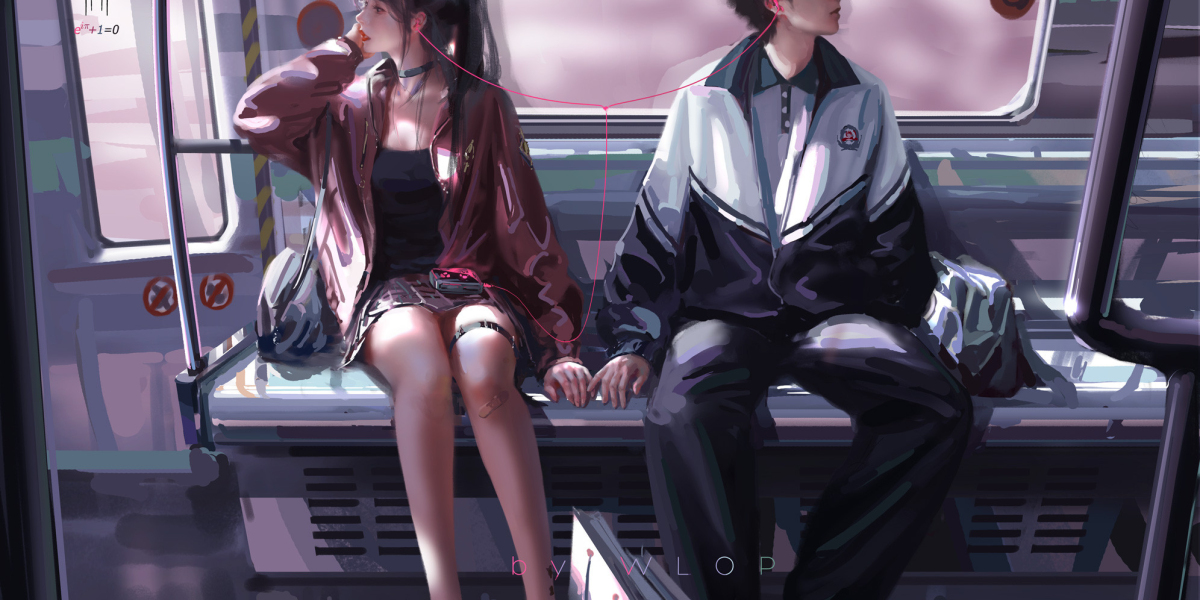Unlock the Secrets of Lighting: Discover How Creators Illuminate Their Masterpieces!
Lighting is the lifeblood of photography; it has the power to transform a simple image into a breathtaking masterpiece or render it flat and dull. Every creator knows that the right light can evoke emotions, highlight details, and create atmosphere. This is where the concept of creator light comes into play—referring to the various lighting techniques and sources that artists use to craft compelling visuals. Whether you're a seasoned photographer or a budding enthusiast, understanding how different lighting types can influence your work is crucial. In this article, we will explore the different types of light used by creators in photography, delving into their unique characteristics, applications, and how they can elevate your craft to new heights.

Understanding Different Types of Lighting
Photographers have a plethora of lighting sources at their disposal, each with its unique advantages and characteristics. The two primary categories are natural light and artificial light. Natural light, which comes from the sun, is often favored for its softness and dynamic quality, changing throughout the day to create varying moods in images. On the other hand, artificial light provides creators with control and versatility, allowing for consistent results regardless of the time of day. Mixed lighting, which combines both natural and artificial sources, can produce striking results by balancing the warmth of sunlight with the precision of studio lights. By understanding these types of lighting, creators can choose the right approach for their specific photographic goals, ensuring their images resonate with viewers.
Natural Light: The Creator's Best Friend
Natural light is often considered a photographer's best friend for a good reason. It offers a soft, diffused illumination that is hard to replicate with artificial sources. The golden hour—just after sunrise and before sunset—produces a warm, flattering light that can elevate portraits and landscapes alike. I remember a friend who captured stunning images during a beach wedding, where the late afternoon sun cast a magical glow on the couple. They expertly used reflectors to bounce light onto the subjects, enhancing the natural warmth without harsh shadows. Additionally, techniques such as backlighting can create ethereal halos around subjects, adding depth and interest to the composition. By learning to manipulate natural light, photographers can harness its beauty to create compelling and emotive images.
Artificial Lighting: Expanding Creative Possibilities
Artificial lighting opens up a world of creative possibilities, allowing photographers to manipulate their environment to achieve desired effects. Continuous lights provide a constant source of illumination, making it easy to see how light affects a scene in real time. In contrast, strobes and speedlights deliver powerful bursts of light, ideal for freezing motion and achieving high-contrast images. When choosing artificial lights, creators should consider specifications such as wattage, which determines brightness, and color temperature, which influences the warmth or coolness of the light. For instance, lights with a lower color temperature produce warmer tones, perfect for creating cozy atmospheres. A friend of mine swears by a specific setup of softboxes and diffusers to create beautiful lighting for portrait sessions, allowing for soft shadows and even skin tones. By mastering the nuances of artificial lighting, photographers can expand their creative toolkit and enhance their storytelling.
Lighting Techniques and Setups
Once you've grasped the various lighting types, the next step is to explore techniques and setups that can yield stunning results. Key lighting is a foundational technique that involves using one main light source to illuminate the subject, creating depth and dimension. Fill lighting complements key lighting by softening shadows, while backlighting can produce dramatic silhouettes or ethereal glows. One of my friends, an aspiring portrait photographer, has experimented with different setups to achieve various moods. By simply repositioning her key light and adjusting the fill light's intensity, she can convey everything from intimacy to high fashion. Additionally, using lighting modifiers like umbrellas or softboxes can help create softer shadows and more even lighting across the subject. Understanding these techniques empowers creators to craft images that are not only visually striking but also emotionally resonant.
Mastering Lighting Techniques for Creative Expression
In summary, mastering lighting techniques is essential for any photographer looking to elevate their work. Whether you prefer the organic beauty of natural light or the control of artificial sources, each type of lighting offers unique opportunities to enhance your images. As we’ve explored, experimenting with different lighting setups and techniques can lead to a deeper understanding of your style and vision. I encourage all creators to step out of their comfort zones, play with light, and discover the transformative power of illumination in their photography journey. The right light can unlock the full potential of your artistic expression, enabling you to capture moments that resonate long after the shutter clicks.






